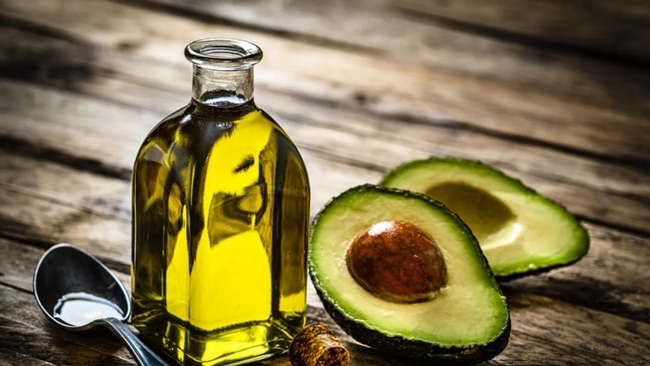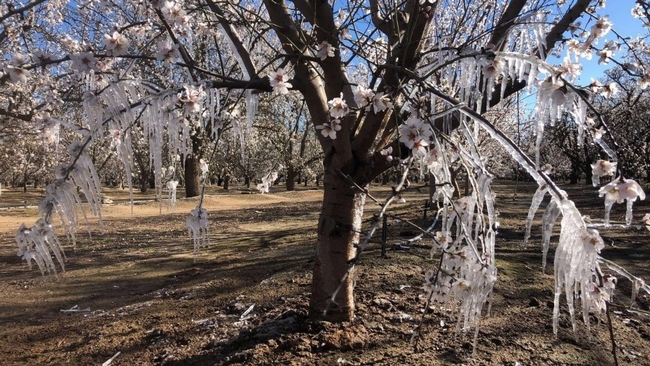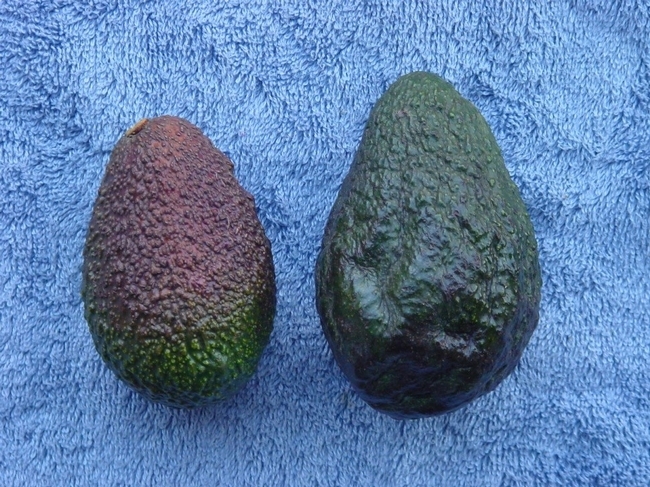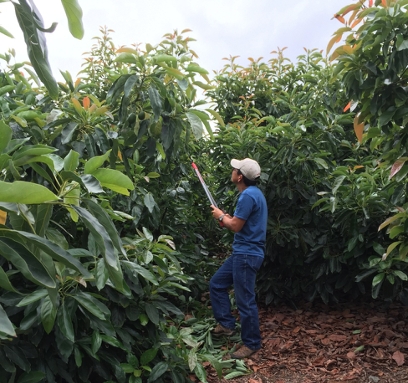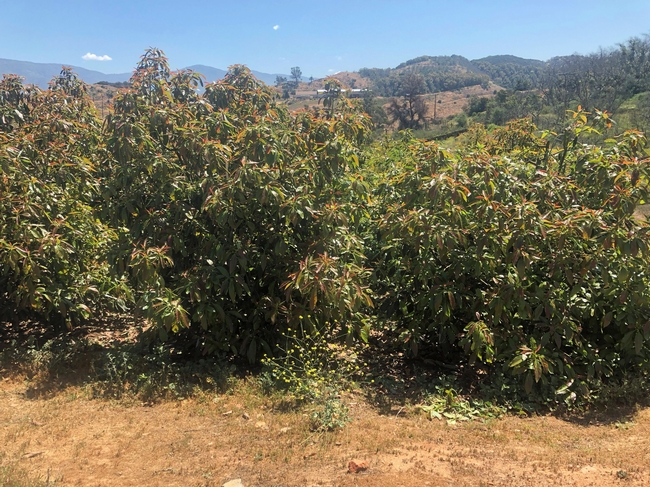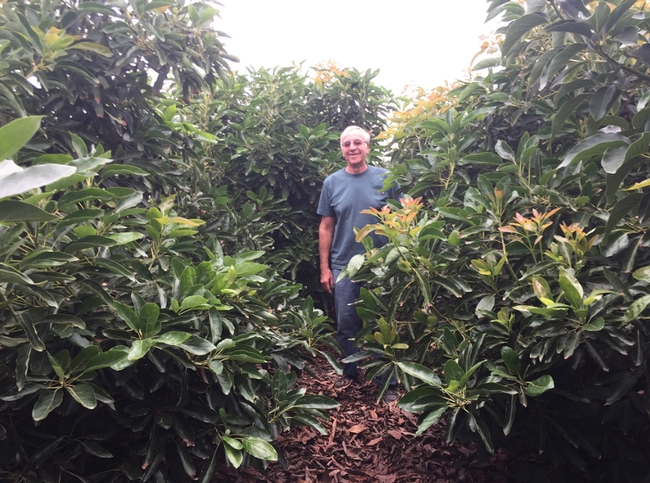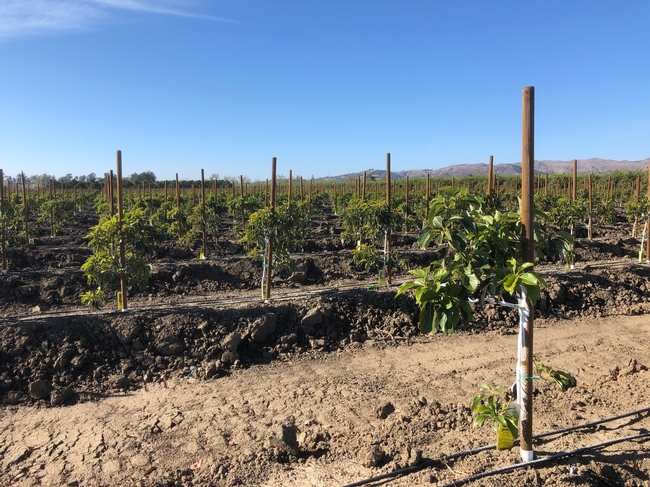
Posts Tagged: Avocados
Nearly 70% of private label avocado oil rancid or mixed with other oils
Researchers identify key markers to help professional retail buyers choose authentic products
Avocado oil has become a popular choice for many people in recent years because of its heart-healthy benefits and versatility in cooking. However, not all avocado oil products on store shelves are created equal. Some products are labeled as “pure” avocado oil when they contain other oils or additives. No enforceable standards defining the chemical and physical characteristics of avocado oil exist yet.
Researchers at the University of California, Davis, analyzed samples of 36 private label avocado oil products and graded them based on quality and purity. Private label products are made by a third-party processor and sold under a grocery store or retailer brand label. Their findings, published in the journal Food Control, show that 31% of the samples tested were pure, and 36% were of advertised quality. Quality refers to whether the oil is fresh or has gone bad due to aging, heat or light exposure. For purity, researchers measured fatty acids, sterols and other components that differentiate avocado oil from other oils.
The study included oils purchased from 19 retailers in the U.S. and Canada with various price points. They found that lower-priced oils were more likely to be tainted with other oils.
“We found that low-cost products indicate a higher probability for adulteration, but high cost didn't guarantee purity or quality,” said Selina Wang, associate professor of Cooperative Extension in the Department of Food Science and Technology. She and Hilary Green, a postdoctoral researcher at UC Davis, co-authored the paper.
Researchers also identified certain chemical markers in avocado oil that professional retail buyers can use to make more informed decisions when it comes to choosing suppliers. This way, consumers can feel confident about the products they buy.
This is the second comprehensive study conducted by UC Davis researchers on the quality of avocado oil sold in the U.S. The first study released in 2020 found that many of the test samples were of poor quality, mislabeled or adulterated with other oils.
“This study demonstrates that although progress is being made in standard development since our first market study in 2020, there are still issues with purity in avocado oil and these issues extend significantly into private label oils,” Wang said.
Avocado oil standards
Since the release of the first UC Davis study, Wang said there's been a coordinated effort by researchers, industry leaders and government agencies to establish enforceable standards. The Avocado Oil Expert Group was formed in collaboration with the American Oil Chemists' Society to discuss potential standards and future research projects.
Wang's research group has been studying how natural factors like different types of avocados, harvest times, geographic origins and processing methods could affect the chemical composition of avocado oil. They want to create standards that will accommodate natural variations while detecting any adulterations.
Wang hopes that the study's findings will contribute to the establishment of standards that benefit both consumers and avocado oil producers who want to compete in a fair market.
“I'm very optimistic for the future of the avocado oil industry,” Wang said. “It's a high-value product with high consumer demand, similar to what I saw with olive oil 10 years ago. Olive oil quality and purity have improved significantly, which is where I see avocado oil going, if we can establish fair standards and eliminate fraudulent products.”
Climate change may reduce frost damage to orchard crops
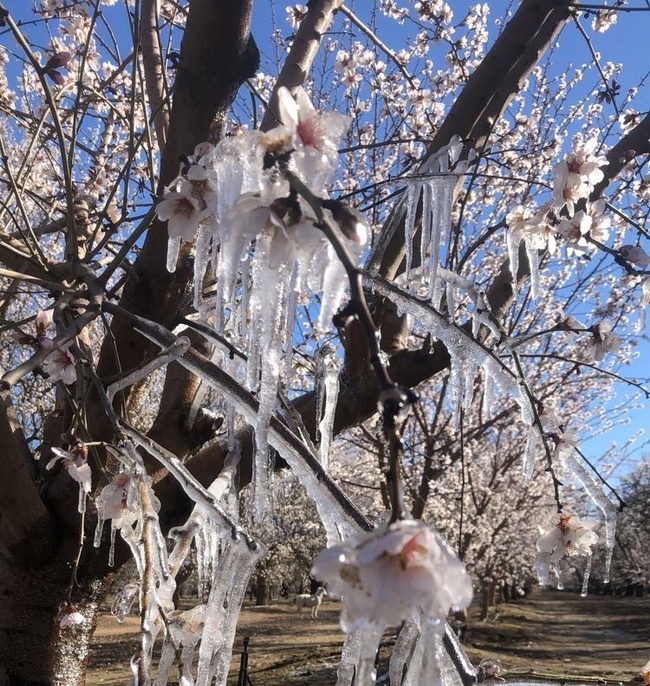
CalAgroClimate web tools help farmers prepare for frost events
A cold snap damaged almond blossoms across the Central Valley, resulting in more than $44 million in crop insurance claimsin late February 2018. A multi-day frost event wiped out roughly 75% of California's citrus crop and severely damaged avocados in January 2007. Frost can damage crops, impact growers' bottom lines and drive up food prices for consumers. With advance notice, farmers may be able to use heaters, wind machines, irrigation and other tactics to lessen some of the impacts of cold weather, such as damaging near-ripe citrus fruit or killing the bloom in almonds.
CalAgroClimate is a new farmer-focused website that can help growers anticipate weather-related risks and make plans for taking defensive action. Growers and crop consultants can use CalAgroClimate's crop and location-specific tools and resources to help prepare for upcoming frost events. The website's tools can also support on-farm decisions for managing heat, crop development and pests.
Future holds less frost
The risk of frost damage to crops and the need to prepare for that risk is top-of-mind for many farmers today, but will it always be so? To examine what climate change might mean for future frost risk, researchers at UC Davis, UC ANR and the USDA California Climate Hub conducted a study examining the incidence of temperatures below multiple “frost thresholds” during the months of critical development phases for three frost-sensitive California crops: almonds, avocados and navel oranges.
The researchers found that even during the coldest winters and springs, the incidence of frost exposure declined under projected mid-21st century climate conditions by more than 50% for almonds and oranges, and by more than 75% for avocados. While farmers in 2050 will not find frost risk to completely be a worry of climates past, they will not have to contend with the same frost concerns that farmers face today.
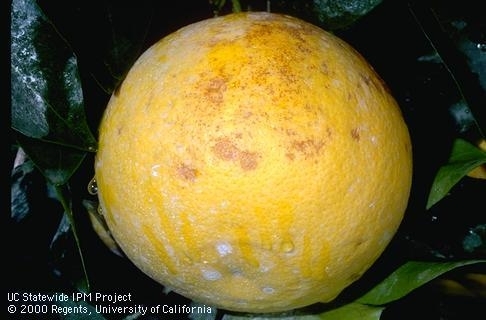
Few aspects of climate change are considered “positives,” and although the warming winters and springs that result in reduced frost temperatures could also come with increased pest pressure, reduced chill accumulation and other challenges, the reduction in frost exposure is a silver lining.
However, until this frost-free future arrives, growers still need to be prepared to protect their orchards from frost. To assess frost risk for the next seven days for your location, check out the new interactive Frost Advisory Tool at CalAgroClimate.org.
Webinar :: Current Challenges for Avocado Weed Management
If you missed the UC Ag Experts Talk on... Current Challenges for Avocado Weed Management Sonia Rios, UC Cooperative Extension Area Subtropical Horticultural Advisor, Riverside County the recording is now available: https://youtu.be/7zFFeJWGvyE. UC Ag Experts Talk website:...
New avocado study outlines costs and returns of high-density plantings
Growers considering producing avocados in San Diego County with high-density plantings now have help to determine the economic feasibility. A new study on the costs and returns of establishing and producing avocados in San Diego County has been released by UC Agriculture and Natural Resources' Cooperative Extension, UC Agricultural Issues Center and the UC Davis Department of Agricultural and Resource Economics.
Avocado has been one of the prominent crops produced in Southern California since the early 1950s. California avocado production peaked in 1987-88 with about 76,300 acres. San Diego had been the leading producer accounting for about 60% of the acreage.
“Beginning in the early 1980s, there has been a continuous decline of acreage and production of avocados in San Diego County, said Etaferahu Takele, UC Cooperative Extension farm management advisor for Southern California and co-author of the study. “This is mainly because of the expansion of urban development that has increased the cost of producing the crop and especially the cost of water, reaching to up to $2,000 per acre feet in 2020.”
High-density planting increases profitability of avocado production given there is suitable land for high-density orchard development.
Although the cost of water accounts for 44% of the total production cost in the high-density planting, the water cost is proportionally less than in the conventional planting of 145 trees per acre when distributed over a higher yield per acre, the authors write.
Their cost analysis describes production operations for avocados planted at 430 trees per acre, with an expected life span of 40 years. The study includes a detailed summary of costs and returns and a profitability analysis of gross margin, economic profit and a break-even ranging analysis table, which shows profits over a range of prices and yields. Growers can identify their gross margin and returns to management based on their yield and prices received.
Input and reviews were provided by a UC Cooperative Extension farm advisor and grower cooperators in San Diego County. The authors describe the assumptions used to identify current costs for avocado establishment and production, material inputs, cash and non-cash overhead.
The new study, “Avocado Establishment and Production Costs and Profitability Analysis in High Density Planting, San Diego County-2020,” can be downloaded for free from the UC Davis Department of Agricultural and Resource Economics website at http://coststudies.ucdavis.edu and UCCE Riverside County Farm Management website at https://ucanr.edu/sites/Farm_Management/Costs_and_Returns. Sample cost of production studies for many other commodities are also available on the websites.
For additional information or an explanation of the calculations used in the studies, refer to the “Assumptions” section of the report or contact Takele at (951) 683-6491 Ext. 243 or ettakele@ucanr.edu or Donald Stewart at the UC Agricultural Issues Center at destewart@ucdavis.edu.
Removing avocado suckers with glyphosate
From the Topics in Subtropics newsletter (8/26/2020) *********************** Removing Avocado Suckers with Glyphosate This is not good. You find an avocado tree with sun blotch or it is time to thin the orchard and you remove the offending tree. You know that if you don't remove the sucker,...

